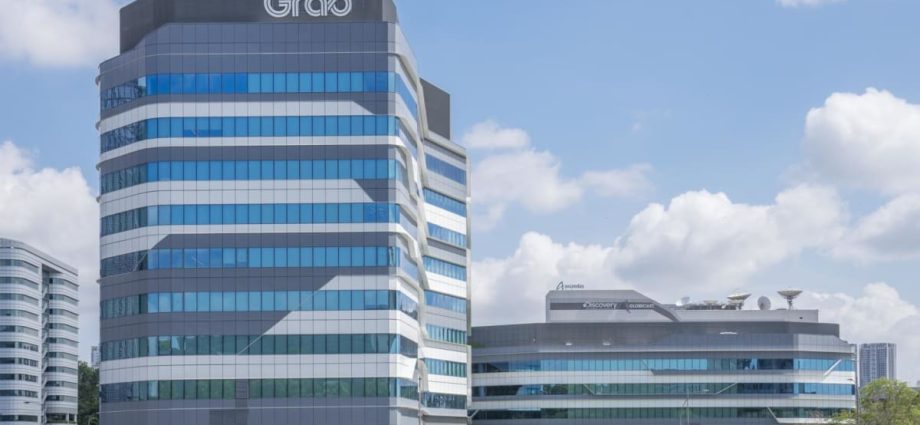
SINGAPORE: The Jun 20 announcement that Southeast Asian ride-hailing and food delivery app Grab will cut 1,000 jobs has reverberated across the regional tech ecosystem. The job cuts, equal to 11 per cent of Grab’s total workforce, are the largest since 360 employees were let go at the height of the pandemic in 2020.
The latest round of layoffs might initially appear as a symptom of turbulent times for the tech sector. Did Grab, previously steadfast amid industry-wide layoffs, simply delay the inevitable?
Upon a closer inspection, Grab’s job cuts more accurately represent the firm’s proactive adjustment in the face of changing market dynamics.
While post-pandemic recession fears, persistent high inflation, rising interest rates and the ongoing Ukraine invasion have undoubtedly dented consumers’ spending confidence, Grab avoided retrenchments, freezing pay raises and tightening expense budgets instead. The firm might have been insulated due to the inherent necessity and popularity of its services in the region.
But the recent layoff indicates a change of course. Grab CEO Anthony Tan emphasised that the move is not a desperate bid for profitability but rather a strategic reorientation in response to changes in the business landscape, namely the increasing costs of capital and generative artificial intelligence (AI).
A NEW ERA FOR TECH SECTOR
There’s little doubt that we are at the cusp of a new era in tech, where generative AI will play a central role. Thanks to investor interest in AI, tech stocks in early June saw their largest inflows since February, with firms like chipmaker Nvidia enjoying a 30 per cent rise in shares.
The growing ubiquity of AI will demand companies to reassess their workforce requirements, skill sets and operational structures. This kind of transformation often leads to job disruptions and reallocations.

